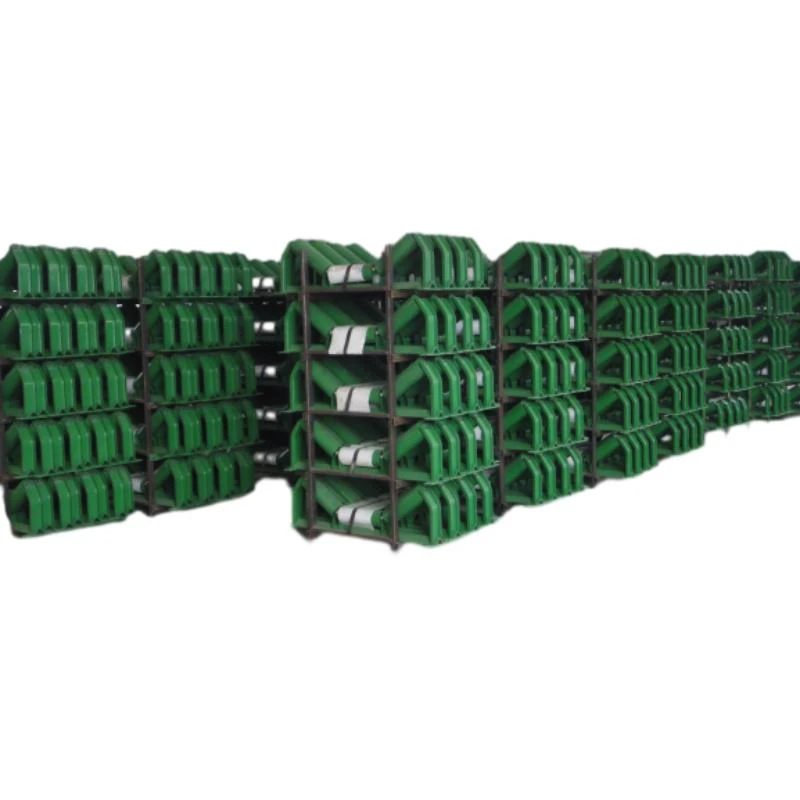 Afrikaans
Afrikaans  Albanian
Albanian  Amharic
Amharic  Arabic
Arabic  Armenian
Armenian  Azerbaijani
Azerbaijani  Basque
Basque  Belarusian
Belarusian  Bengali
Bengali  Bosnian
Bosnian  Bulgarian
Bulgarian  Catalan
Catalan  Cebuano
Cebuano  Corsican
Corsican  Croatian
Croatian  Czech
Czech  Danish
Danish  Dutch
Dutch  English
English  Esperanto
Esperanto  Estonian
Estonian  Finnish
Finnish  French
French  Frisian
Frisian  Galician
Galician  Georgian
Georgian  German
German  Greek
Greek  Gujarati
Gujarati  Haitian Creole
Haitian Creole  hausa
hausa  hawaiian
hawaiian  Hebrew
Hebrew  Hindi
Hindi  Miao
Miao  Hungarian
Hungarian  Icelandic
Icelandic  igbo
igbo  Indonesian
Indonesian  irish
irish  Italian
Italian  Japanese
Japanese  Javanese
Javanese  Kannada
Kannada  kazakh
kazakh  Khmer
Khmer  Rwandese
Rwandese  Korean
Korean  Kurdish
Kurdish  Kyrgyz
Kyrgyz  Lao
Lao  Latin
Latin  Latvian
Latvian  Lithuanian
Lithuanian  Luxembourgish
Luxembourgish  Macedonian
Macedonian  Malgashi
Malgashi  Malay
Malay  Malayalam
Malayalam  Maltese
Maltese  Maori
Maori  Marathi
Marathi  Mongolian
Mongolian  Myanmar
Myanmar  Nepali
Nepali  Norwegian
Norwegian  Norwegian
Norwegian  Occitan
Occitan  Pashto
Pashto  Persian
Persian  Polish
Polish  Portuguese
Portuguese  Punjabi
Punjabi  Romanian
Romanian  Russian
Russian  Samoan
Samoan  Scottish Gaelic
Scottish Gaelic  Serbian
Serbian  Sesotho
Sesotho  Shona
Shona  Sindhi
Sindhi  Sinhala
Sinhala  Slovak
Slovak  Slovenian
Slovenian  Somali
Somali  Spanish
Spanish  Sundanese
Sundanese  Swahili
Swahili  Swedish
Swedish  Tagalog
Tagalog  Tajik
Tajik  Tamil
Tamil  Tatar
Tatar  Telugu
Telugu  Thai
Thai  Turkish
Turkish  Turkmen
Turkmen  Ukrainian
Ukrainian  Urdu
Urdu  Uighur
Uighur  Uzbek
Uzbek  Vietnamese
Vietnamese  Welsh
Welsh  Bantu
Bantu  Yiddish
Yiddish  Yoruba
Yoruba  Zulu
Zulu Head Pulley and Tail Pulley in Conveyor Systems Explained
Understanding Head Pulley and Tail Pulley in Conveyor Systems
Conveyor systems are integral to the efficiency of various industries, enabling the seamless transport of materials and goods. Among the key components of these systems are head pulleys and tail pulleys, which play crucial roles in the overall operation and functionality of conveyors.
Understanding Head Pulley and Tail Pulley in Conveyor Systems
In addition to driving the belt, the head pulley can also have other critical functions. For example, it may incorporate a magnetic separation system that can capture ferrous materials from the conveyed goods, enhancing the overall efficiency and safety of the operation. This is particularly important in industries such as mining or recycling, where contamination with unwanted metals can lead to process inefficiencies or damage to equipment.
head pulley tail pulley

On the other hand, the tail pulley is positioned at the receiving end of the conveyor system. Unlike the head pulley, the tail pulley serves primarily as a support structure for the return side of the conveyor belt. It maintains tension in the belt, ensuring that it remains taut for efficient operation. The tail pulley is often fixed and may be installed with adjustments to change the tension level as needed.
The interaction between the head and tail pulleys is essential for the smooth operation of the conveyor system. Proper alignment and tensioning are critical; if the tension is too high or too low, it can lead to premature wear of the belt and components, malfunctions, or even complete system failure. Regular maintenance and inspections are necessary to ensure that both head and tail pulleys are functioning correctly, which will ultimately prolong the lifespan of the entire conveyor system.
In conclusion, head pulleys and tail pulleys are fundamental components in conveyor systems that work together to ensure efficient material transport. The head pulley drives the system, allowing goods to be discharged effectively, while the tail pulley provides necessary support and tension for the belt. Understanding the roles and functions of these pulleys can aid in better maintenance practices and enhance operational efficiency, ultimately benefiting industries that rely on automated transport solutions. As technology advances, the design and functionality of these components continue to evolve, further improving the capabilities of conveyor systems.
-
Trusted Conveyor Solutions from Leading Conveyor Idler Roller ManufacturersNewsJun.27,2025
-
Reliable Return Idler Solutions for Efficient Belt Conveyor SystemsNewsJun.27,2025
-
Precision Conveyor Accessories for Streamlined Material HandlingNewsJun.27,2025
-
High-Quality Belt Conveyor Idler Solutions for Efficient Material HandlingNewsJun.27,2025
-
High-Performance Belt Conveyor Pulleys for Reliable Material HandlingNewsJun.27,2025
-
Enhancing Material Handling EfficiencyNewsJun.27,2025





























